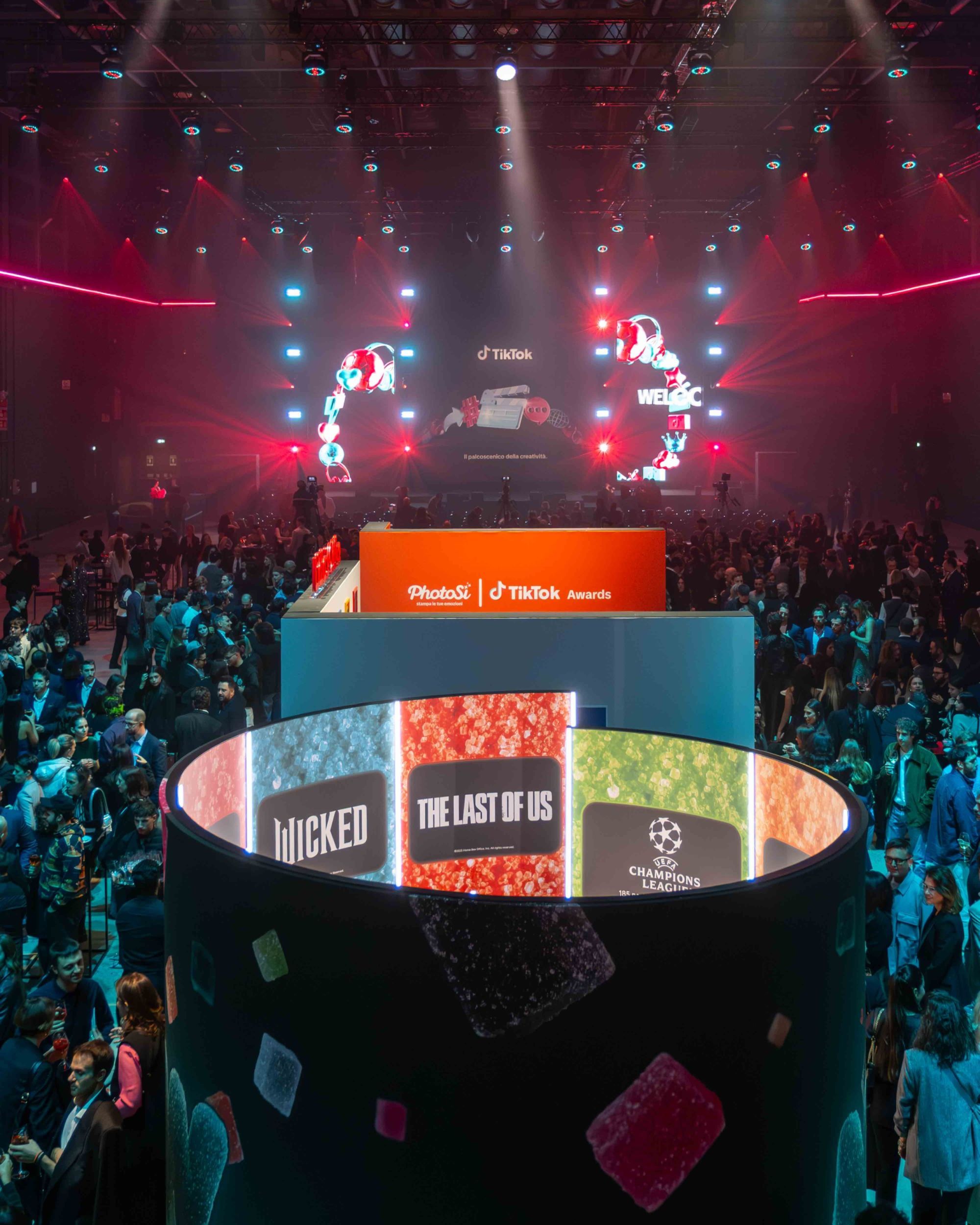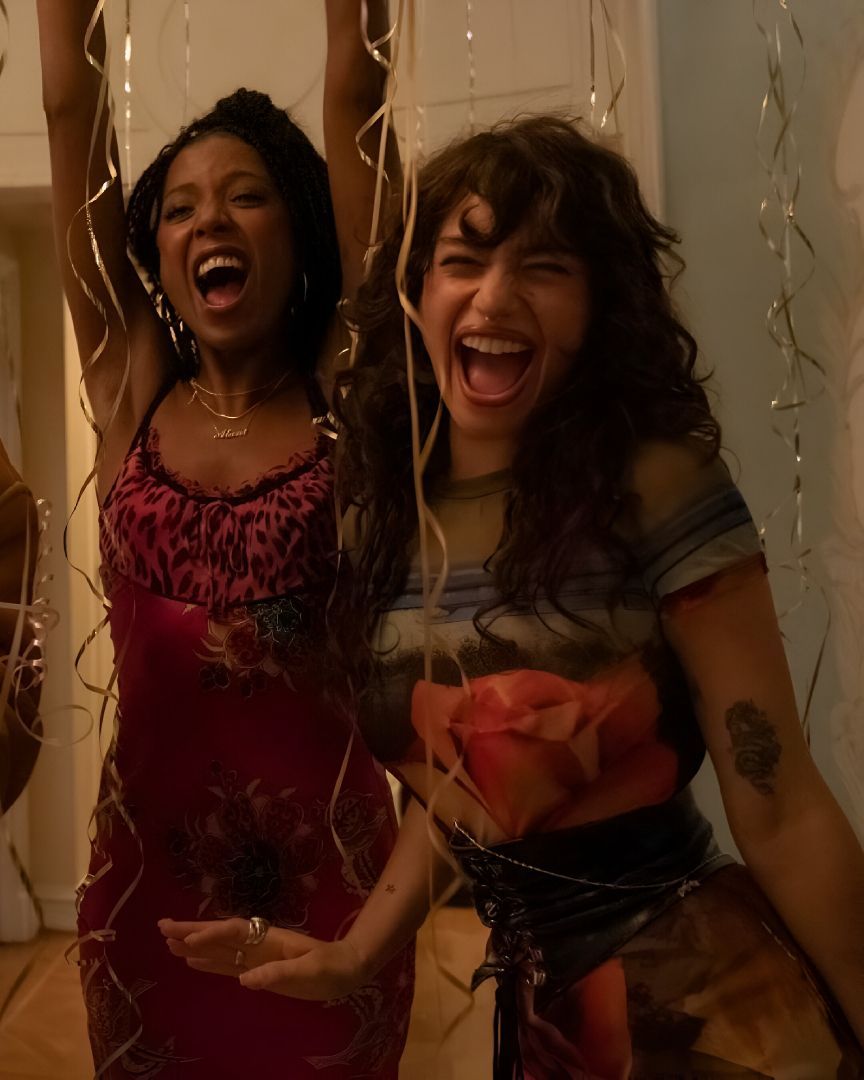
If Instagram is dead what will happen to fashion on social? Despite Adam Mosseri's step back, the platform's future looks increasingly "video friendly"
Much ado about nothing someone would say in front of the crisis of Instagram, which went in a matter of days from public enemy number one after the change of feed and algorithm that had made it a confusing version of TikTok, to a harmless threat after the statements of Adam Mosseri, head of the platform ready to reassure its users by declaring that the new version was only a test. It is clear from the video Mosseri posted on his profile that the end has only been postponed and that the future of Instagram will be increasing "video friendly" with the possibility of seeing, between now and the next few months, experiments of all sorts in an attempt to find the one that can anger the least number of users. It is certainly no secret that the last version was a failure across the board, capable of generating a wave of outrage involving all kinds of users, mobilizing even platform heavyweights such as Kylie Jenner, Kim Kardashian, and Chiara Ferragni in an attempt to stop what seems to be inevitable: the end of Instagram as we know it.
If in the past it was Facebook that imploded by introducing Stories, similarly Instagram is about to go down the same road in an attempt to close the gap with TikTok, which has gone in the span of a pandemic from unidentified object to social's pole star. What we have come to understand is that social aside, content has changed, increasingly quick and superficial, to be enjoyed passively and therefore identifiable in short videos chosen for us by an algorithm. A mechanism that over the years has made even Youtube outdated and that will most likely decide the way we approach social networks from here to the next few years, forcing anyone who wants to survive in the jungle made of posts and reels to adapt. It is no coincidence that the likes of Ferragni or Kim Kardashian have been so outspoken about preserving Instagram as we know it, the one in which they and so many other personalities have found a part of their success and which, should the platform change, would pose no small problem for their social media managers. However, brands, whether companies or individuals, will have to come to terms with the changing times, looking for the best way to stay afloat without losing their DNA.
Fashion for its part has always had a complicated relationship with social networks: on the one hand, Bottega Veneta has long since given up its Instagram profile, while Balenciaga tends to keep its profile empty by cyclically archiving posts somewhat like those teenagers with eternally empty profiles. The idea is not to focus too much on the durability of the content as much as on its impact in the ten seconds in which we first see it, something that TikTok knows well and that by necessity seems to be the opposite of those who, as in the case of Prada, understand social as the photo album in which they alternate between campaign photos and celebrity looks on red carpets. This is an idea that with the end of Instagram and its "video friendly" approach will necessarily have to change, adapting especially to the needs of generations other than those who have populated the platform in the past and who seem to be much less interested as much in fashion as in the idea of content imposed from above by companies. It is no coincidence that on TikTok the most viewed videos among those related to the big names in luxury do not come from their official accounts but from profiles of simple users who, between unboxing and a Get Dressed With Me, manage to be more convincing and captivating than the official content of the various Gucci and Louis Vuitton that in the future after Instagram will have to come to terms with the need to resort to User-generated content to adapt to the inevitable cycle of social networks.














































